Heorot, the great hall of the Danes, lies silent in the midnight gloom. Warriors sleep uneasily, knowing that something prowls in the darkness outside. It is the monster Grendel — the night-shadow, the border-walker, the awe-inspirer.
But Grendel is no mere beast. He comes from an ancient lineage, one that stretches back to humanity's very beginnings.
The poet who gave us Beowulf didn’t content himself with presenting Grendel as a simple monster. Instead, he gave him something far more fascinating: a genealogy.
The first family of fiends
According to the poem Beowulf, Grendel belongs to “the kin of Cain.” For those of you who haven’t read the book of Genesis recently, Cain was the firstborn son of Adam and Eve. He’s most famous for slaying his brother Abel — as a result of this crime, Cain was punished with God's curse.
The Anglo-Saxons were fascinated by Cain. While Christian tradition usually focuses on Eve's original sin — that is, the situation with the forbidden fruit — Anglo-Saxon writers were drawn to Cain's fratricide. It was the first act of human strife, from which all others flowed.
Or, as the Old English poem Genesis puts it:
Of ðām brād blado bealwa ġehwilċes
sprȳtan ongunnon.
From that, the broad leaves of every evil
began to sprout. (Genesis 994–995)
This was no ordinary crime. While Anglo-Saxon law allowed most killings to be settled through the institution of wergild (a “blood price” paid to the victim's family), certain acts were considered feohlēase ġefeoht — crimes that no payment could ever make right.
Killing your own brother was one such act. After all, who could pay the wergild when both killer and victim's family were one and the same?
By killing Abel, Cain didn't just commit an ordinary murder — he committed a wrong that society had no way of righting. It’s no wonder, then, that this loomed large in the Anglo-Saxon mind.
In Beowulf, this fascination takes a concrete form. The poet tells us:
Þanon untȳdras ealle onwōcon,
eotenas ond ylfe ond orcnēas
From there (i.e., Cain) monsters all originate
eotenas and elves and orcneas
(Beowulf 111–112)
I’ve left eotenas and orcneas untranslated because there aren’t exact modern English equivalents — eotenas were probably something big. Orcneas were probably something like demons or undead creatures. Interestingly, Tolkien made use of versions of all three of these creatures’ names in his writing: ettins, elves, and orcs, although they came to have different meanings in his fiction.
Whatever they were, these monsters represented the dark mirror of human genealogy. While the rest of humanity descended from Seth, Adam and Eve's third son, Cain's line produced all the things that go bump in the night.
Blood will tell
The Anglo-Saxons had what the scholar Fred Robinson called “an almost obsessive concern” with the biblical prohibition against drinking blood, which was given to Noah after the flood:
Only, you shall not eat flesh with its life, that is, its blood. (Genesis 9:4, NRSV)
But, as the Beowulf poet tells us, Grendel blōd ēdrum dranc ‘drank blood from veins’ (Beowulf 742b). This is exactly the kind of thing that would shock and horrify the poem’s audience. It also places Grendel firmly outside of the realm of the descendants of Noah — that is, of all humanity after the Flood.
By describing Grendel’s genealogy and actions in this way, the Beowulf poet places him within a framework his audience would understand. He’s not just a random terror, but part of a larger story that begins with the first murder and continues through the ages.
The genealogical approach to monsters reveals something fascinating about medieval thought. Although they lived in an age often dismissed as superstitious, these writers were attempting to understand the supernatural world systematically. They weren't content to simply say “monsters exist” — they wanted to know why they existed and how they came to be. One book, the Liber Monstrorum (or The Book of Monsters, a Latin text written in England during the Old English period) even attempted to catalogue various monsters and their origins, as if creating a medieval monster manual.
Cain, Cam, Camp
The Beowulf manuscript itself reveals something else about Grendel’s genealogy. When the scribe copied down the passages about Cain's monstrous descendants, he seemed uncertain about exactly which biblical villain he was writing about.
In one line, he wrote Cames first, before correcting it to Caines (Beowulf 107). This confusion between Cain (who killed his brother Abel) and Cam (also known as Ham, the cursed son of Noah) wasn't unique to Beowulf — it appears in other medieval texts, including an 11th-century Irish work called Sex aetates mundi (Six Ages of the World). In another line, the scribe simply wrote camp ‘war’ — where Cain was clearly meant: the line reads “since ___ became as a sword-slayer to his only brother.” (Beowulf 1261)
This uncertainty on the part of the scribe about what to write may reflect deeper debates about the origin of monsters. Some traditions linked the monstrous races to Cain's exile, while others connected them to Ham's curse or to the giants drowned in Noah's flood. The Beowulf poet seems to have woven these traditions together — Grendel is explicitly of Cain's kin.
But, if monsters survived the great flood which killed the giants — and Grendel is evidence that some at least did survive — might they also have had a more recent ancestor? Perhaps the reference to Ham is an attempt to make sense of these different traditions.
Modern Monsters
This medieval way of thinking about monsters continues to influence us today.
When modern stories give us origin stories for why there are vampires or werewolves, they're following in Beowulf's footsteps — presenting monsters not just as threats, but as beings with histories and causes.
The medieval mind, confronted with tales of strange creatures, felt called to categorize them — and to explain them within a Christian worldview. Medieval people wanted to understand where monsters come from, why they exist, and what makes them who they are.
More than a millennium later, we're still asking the same questions.

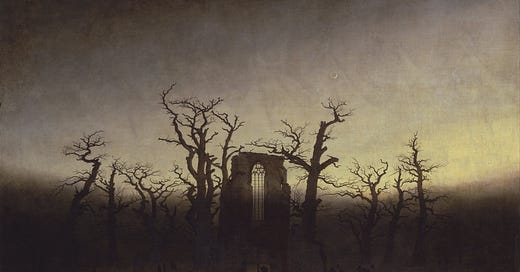



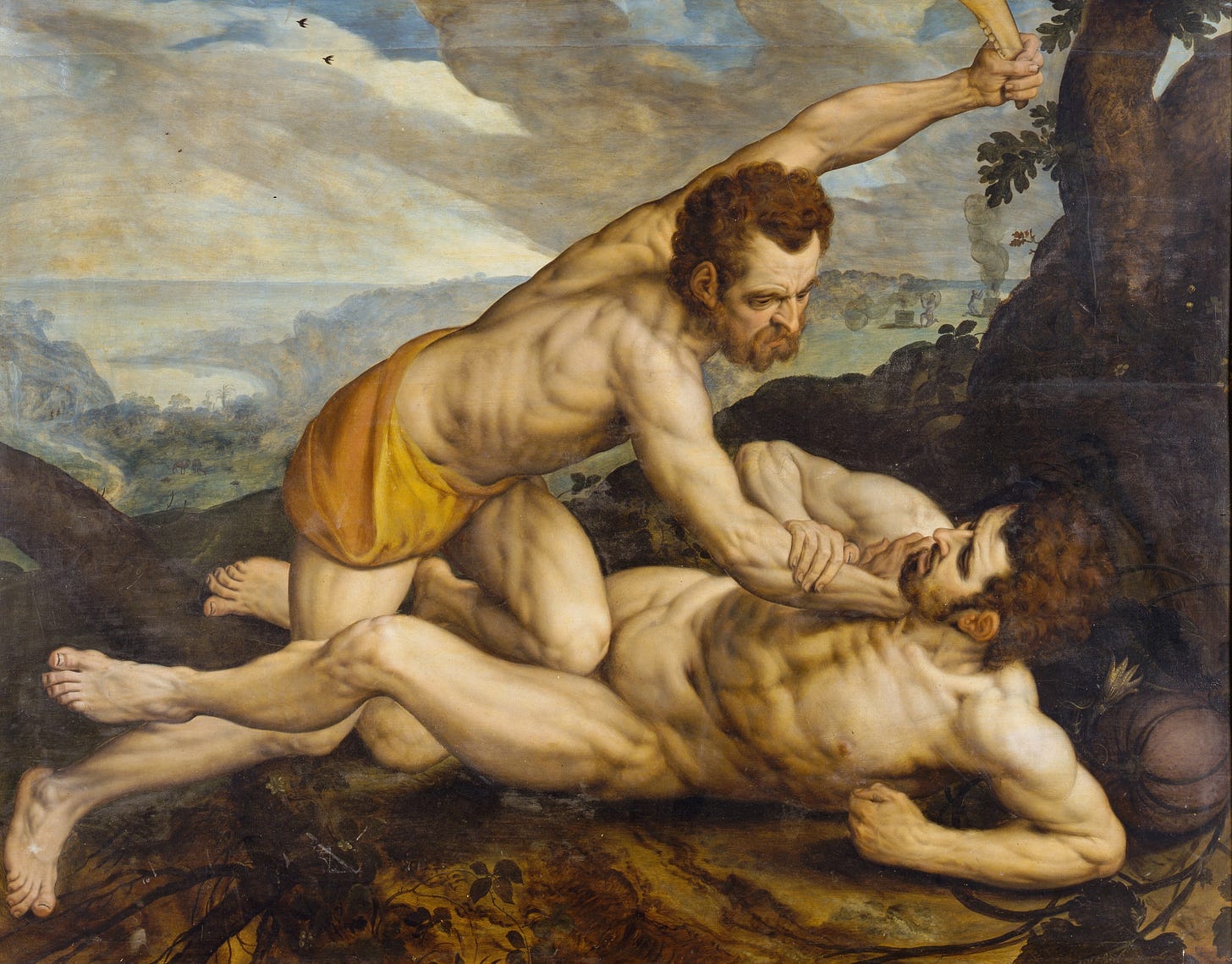
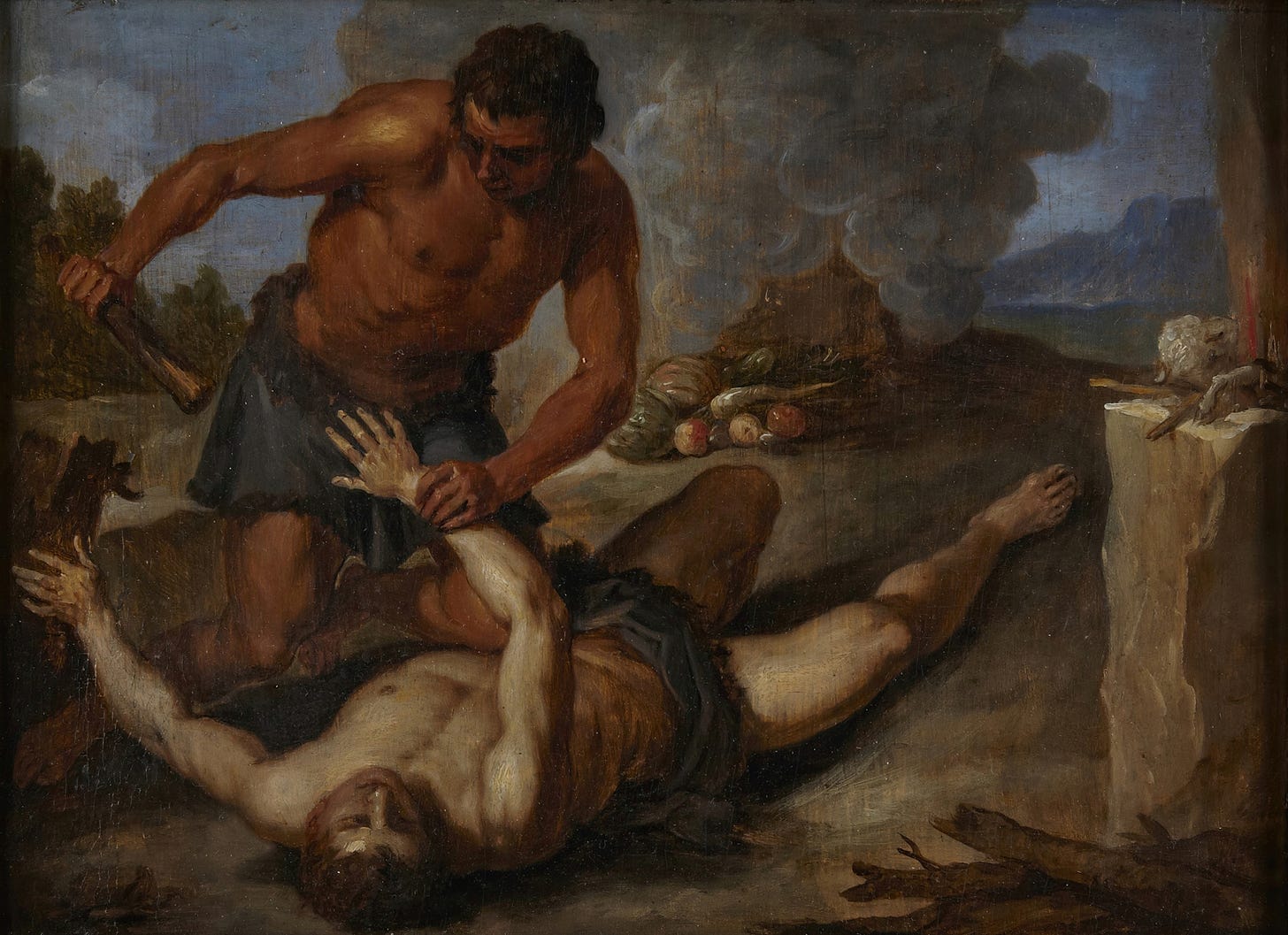
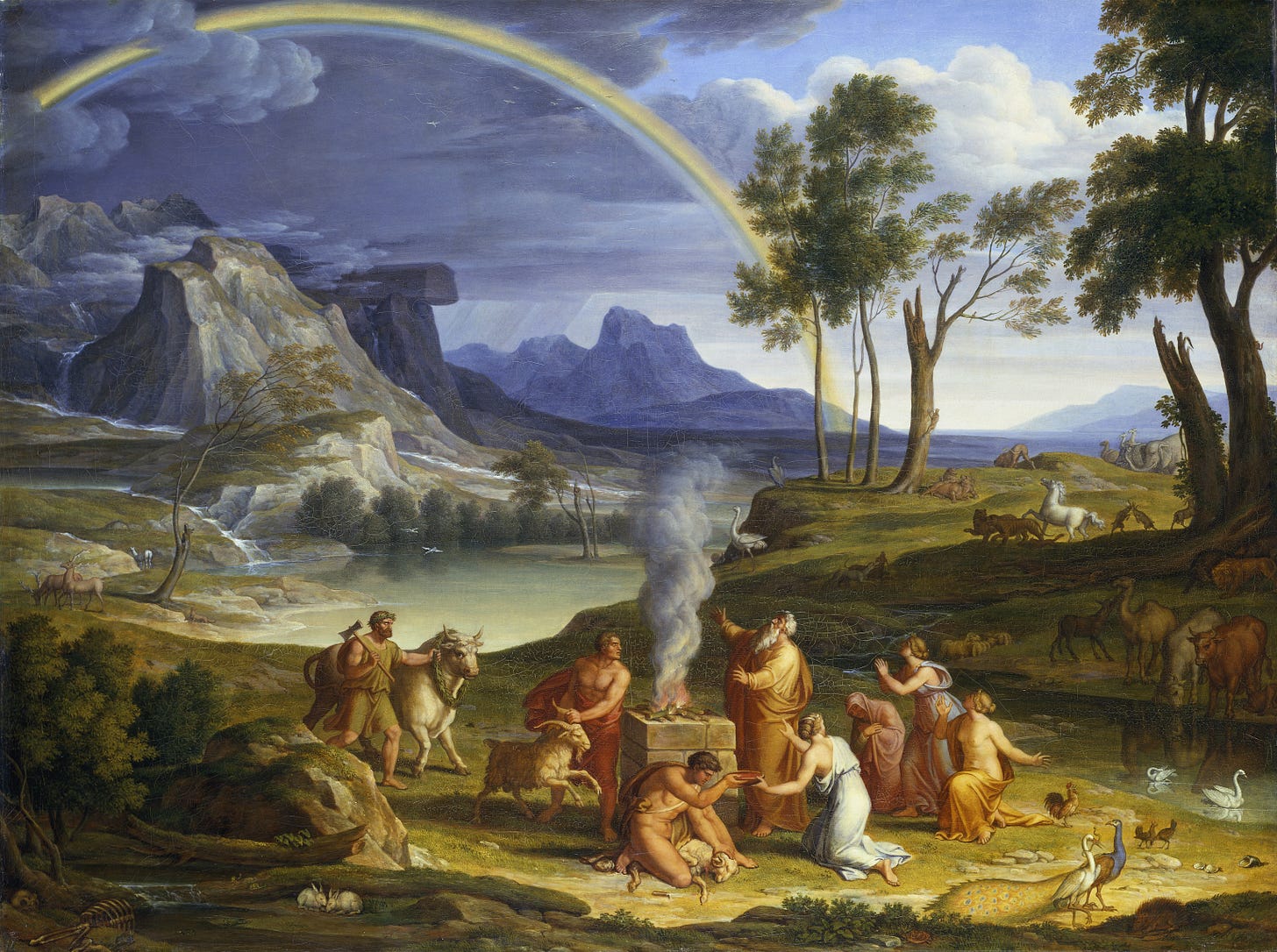
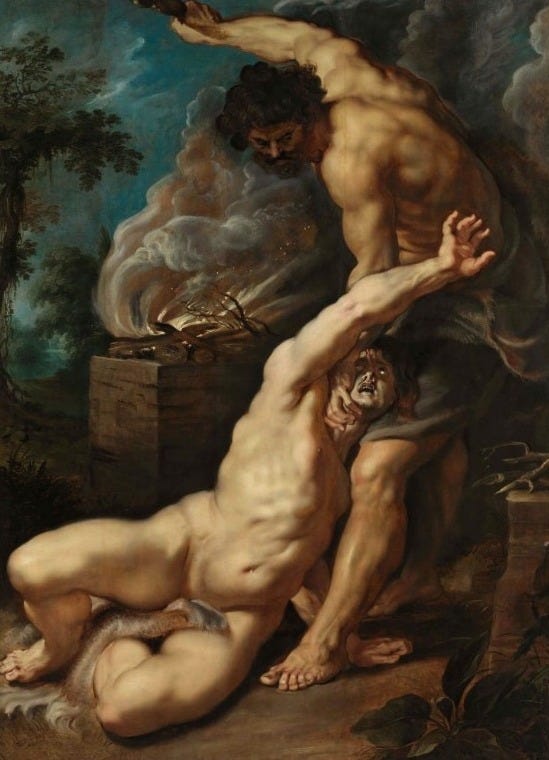
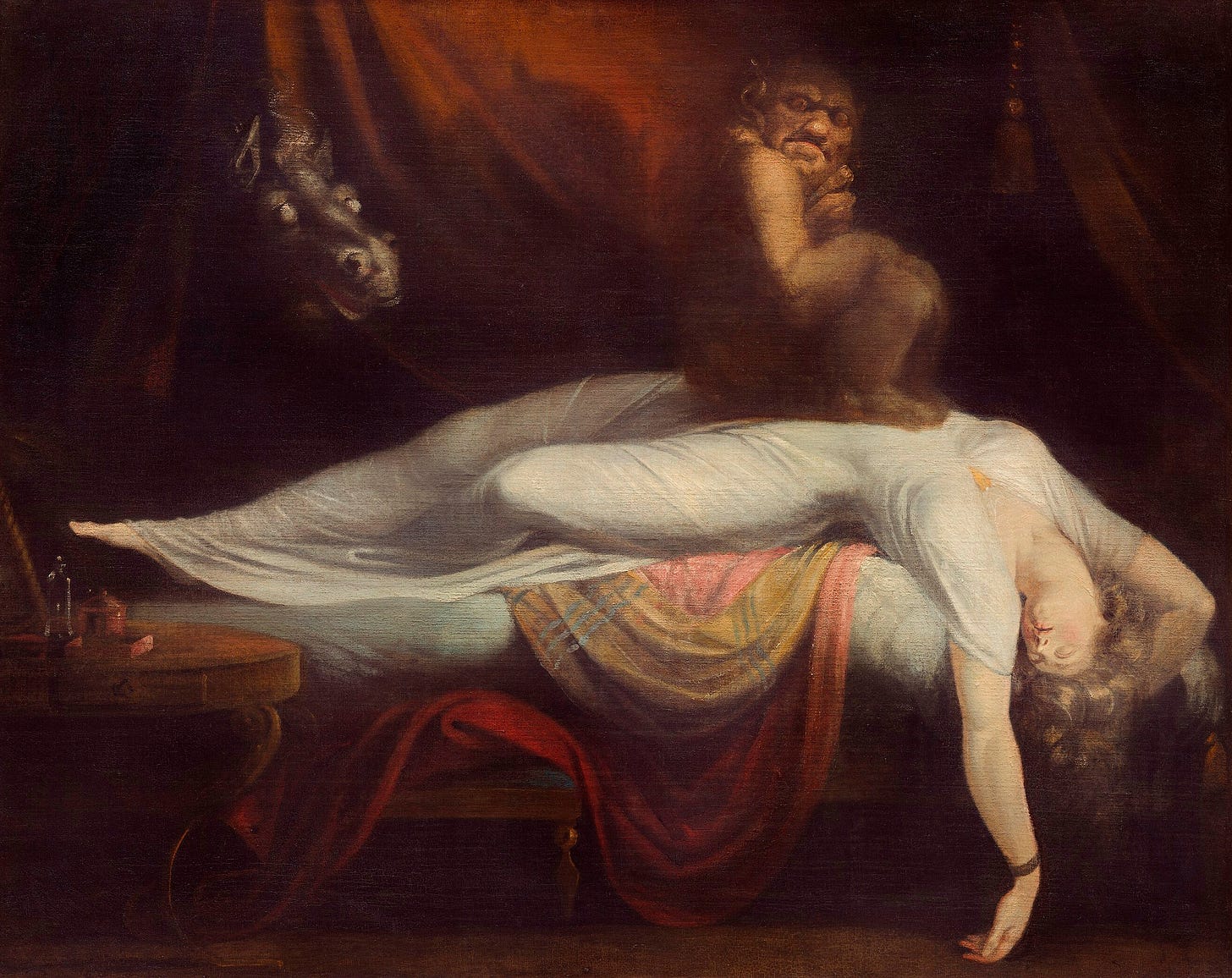
First, can you recommend a Beowulf translation? (The Bear sounds terrific but my list of language projects is too long).
Second, it's fascinating what folks pick up from the Bible. In Jewish tradition, Og King of Bashan survived the flood. Perkei diRabbi Eliezer (the chapters of Rabbi Eliezer, 28) relates:
"And Noah only was left, and they that were with him in the ark" (Genesis 7:23.), except Og, king of Bashan, who sat down on a piece of wood under the gutter of the ark. He swore to Noah and to his sons that he would be their servant forever. What did Noah do? He bored an aperture in the ark, and he put (through it) his food daily for him, and he also was left, as it is said, "For only Og, king of Bashan, remained of the remnant of the giants" (Deut. 3:11).
It's so tempting to translate that "eotenas ond ylfe ond orcnēas" with Tolkien's "middle-earth races" now a-day. Although, I had assumed the Eotenas would be what he used for Ents -- for no good reason really. Probably best to avoid and just give it a nod like you did. I think it's kind of cool though that Beowulf gave us our modern word "orc", though.
I wasn't aware of that blood drinking prohibition, but yeah, that would make Grendel all the more horrifying.
Another thought I had about the whole Flood thing, is that "monsters" like Grendel and his mother, (and their ancestors presumably), being water dwelling, had a loop hole to escape being destroyed by the flood stream. Of course, that wouldn't explain the Dragon.
On a totally unrelated note, it seems that the Anglo Saxons must have thought that 30 was an impressive but still believable quantity. I recall Beowulf was said (I think by Hrothgar) to have the strength of 30 people, that Grendel seized 30 thanes (on his first raid on Heorot), that Beowulf escaped the Frisians on Hygelac's ill-fated raid against them by swimming away with 30 mail shirts, and I think there's a couple of more references I saw, but they might not be all in Beowulf.